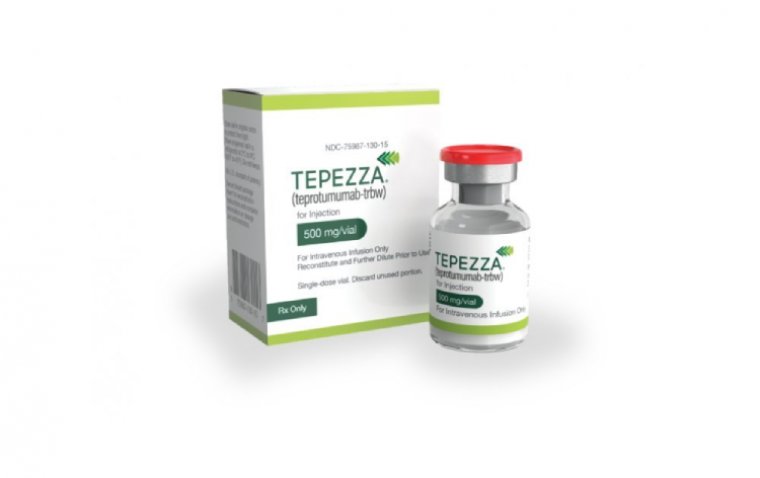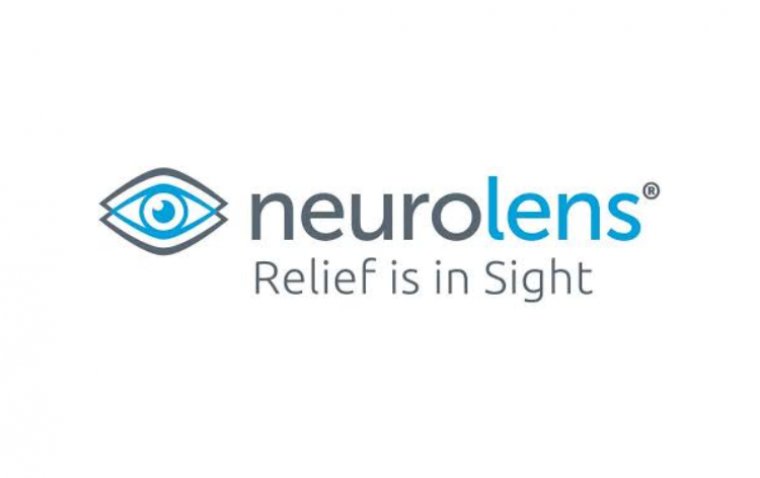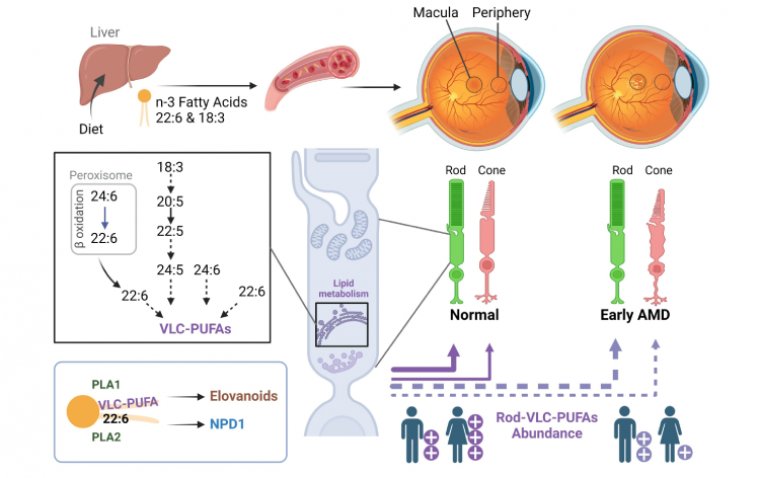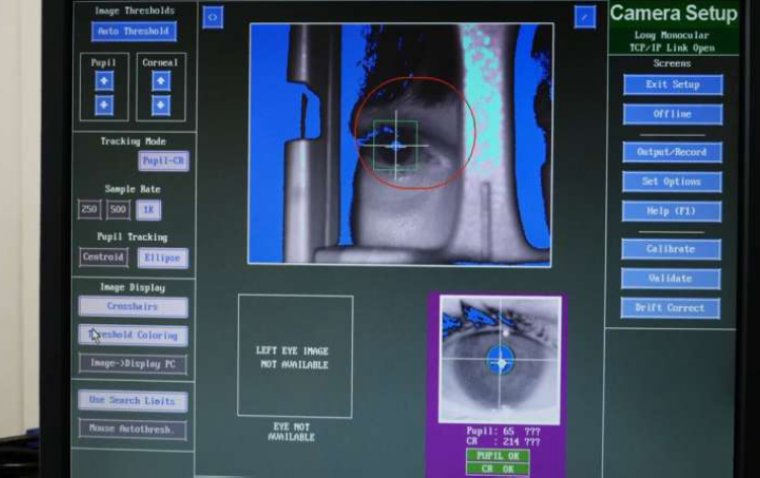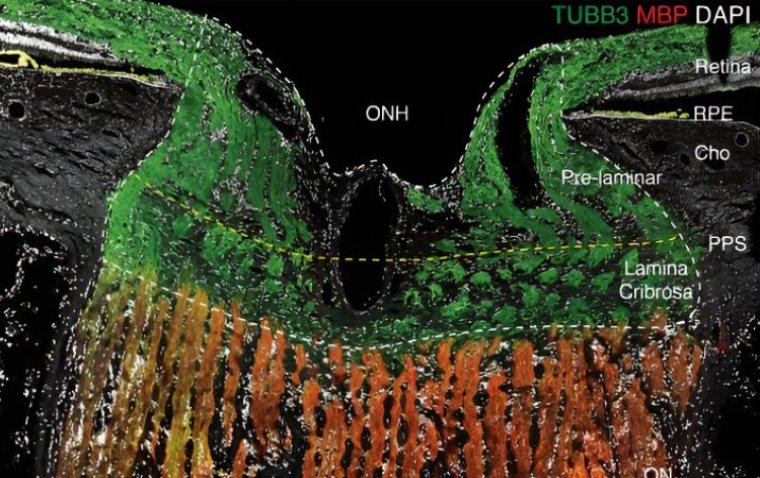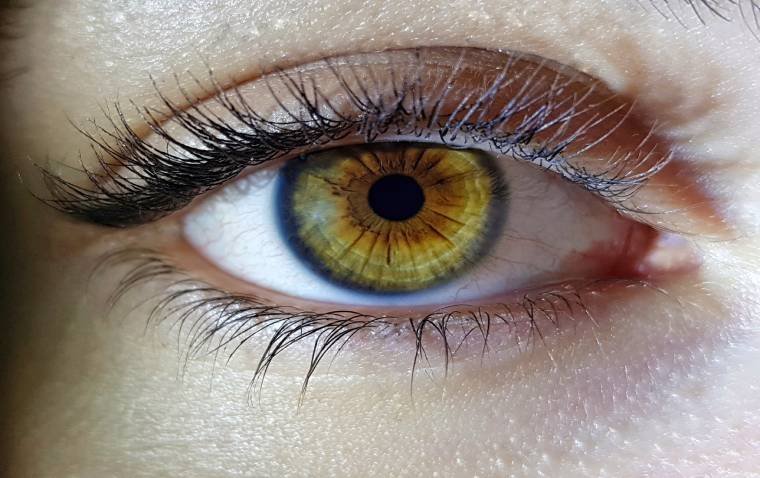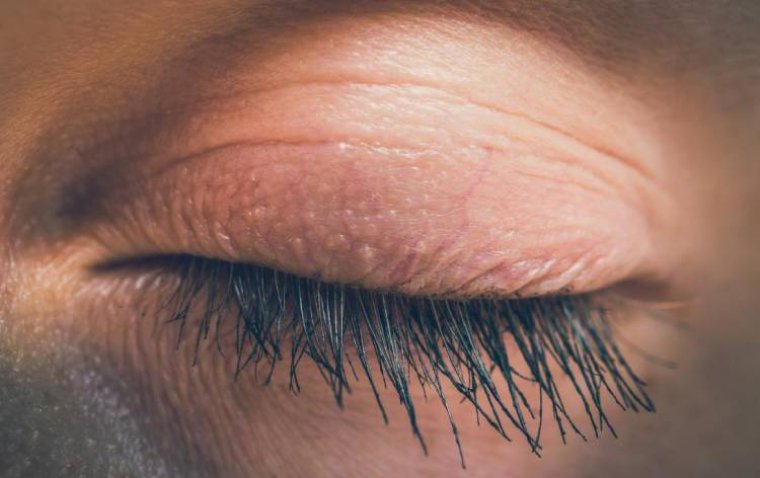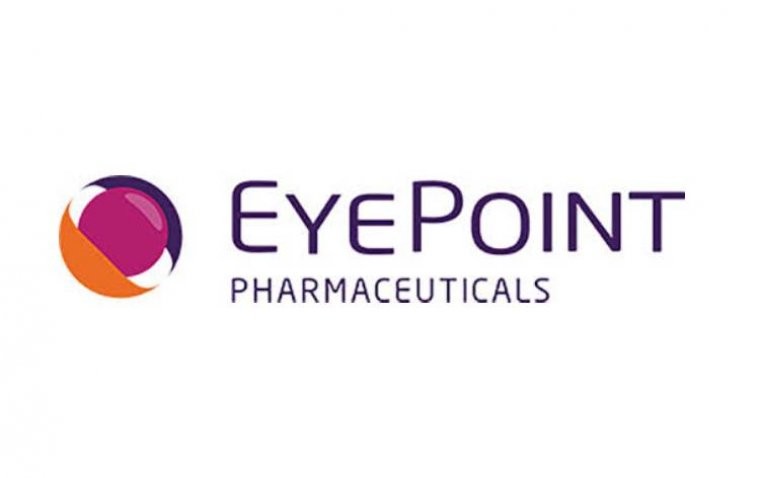
EyePoint's Duravyu Fails to Achieve Primary Efficacy Endpoint in NPDR Phase 2 Trial
EyePoint Pharmaceuticals announced the topline results from its phase 2 PAVIA clinical trial, which evaluated the efficacy of Duravyu (vorolanib intravitreal insert), formerly known as EYP-1901, in treating non-proliferative diabetic retinopathy (NPDR).
The trial revealed that Duravyu did not achieve the primary efficacy endpoint, which was set as an improvement of at least two Diabetic Retinopathy Severity Scale (DRSS) levels by week 36 (approximately 9 months) following the injection.
Biological Effects and Safety Profile of Duravyu
Despite not meeting its primary goal, the trial data indicated that Duravyu exerted a biological effect on patients with NPDR, showing a favorable safety and tolerability profile. "Although the trial did not meet the pre-specified primary endpoint, we are encouraged that Duravyu continues to be well tolerated and appears to reduce rates of NPDR progression at 9 months," stated Jay Duker, MD, Chief Executive Officer of EyePoint Pharmaceuticals. He confirmed the company's commitment to further analyzing the complete 12-month data to determine the future direction of Duravyu as a potential treatment option for NPDR.
Dr. Duker expressed gratitude towards the participants, investigators, and their site staff involved in the PAVIA trial, promising more clinical and regulatory updates on the NPDR program in the near future.
EyePoint's Focus on Other Clinical Initiatives
EyePoint Pharmaceuticals also remains focused on advancing its other clinical initiatives, including the upcoming LUGANO trial, a pivotal noninferiority study for wet age-related macular degeneration (AMD), expected to begin in the latter half of the year. "We remain confident that Duravyu has the potential to change the treatment paradigm as a maintenance therapy for wet AMD patients," added Dr. Duker, referring to the promising results from DAVIO 2, the largest intravitreal sustained release TKI study in wet AMD.
Key interim results from the PAVIA trial showed that:
● 86% of patients in the 3mg dose group and 80% in the 2mg dose group experienced stable or improved disease at nine months, compared to 70% in the control group.
● 0% of patients in the 3mg dose group and 5% in the 2mg dose group showed a worsening of 2 or more steps in DRSS at nine months, versus 10% in the control group.
● 5% of patients in the 3mg dose group and 0% in the 2mg dose group achieved a 2-step improvement in DRSS at nine months, compared to 5% in the control group.
● The safety and tolerability profile of Duravyu remained favorable with no serious adverse events related to the treatment observed.
● No cases of endophthalmitis or retinal vasculitis (occlusive or non-occlusive) were observed.
The PAVIA trial, a 12-month randomized, controlled study, involved 77 patients with moderately-severe to severe NPDR. Participants were randomly assigned to receive one of two doses of Duravyu or a sham injection as part of the control group. The primary aim was to assess improvement in DRSS, with secondary endpoints focusing on the reduction of vision-threatening complications and safety.
More information on the trial is available at clinicaltrials.gov under identifier NCT05383209. EyePoint looks forward to the commencement of its phase 3 pivotal trials in wet AMD, with LUGANO starting in the second half of 2024, followed by LUCIA, and anticipates the release of topline data from the phase 2 VERONA trial in diabetic macular edema (DME) in early 2025.
About Non-Proliferative Diabetic Retinopathy
Non-proliferative diabetic retinopathy (NPDR) is the early stage of diabetic retinopathy, a diabetes-induced condition that affects the eyes and can lead to vision impairment or blindness if untreated. In NPDR, high blood sugar levels cause damage to the blood vessels in the retina, the light-sensitive tissue at the back of the eye. These vessels can swell and leak fluid, or they can close off completely, preventing adequate blood flow.
Patients with NPDR may experience symptoms such as floaters, blurriness, variable vision, or difficulty with night vision, though many may not notice any symptoms initially. As the disease progresses, it can escalate to a more severe form known as proliferative diabetic retinopathy (PDR), where abnormal new blood vessels grow on the retina, posing a higher risk for serious vision problems. Managing blood sugar levels, along with regular eye examinations and timely treatment, is crucial in slowing the progression of NPDR and preserving vision.
(1).jpg)

